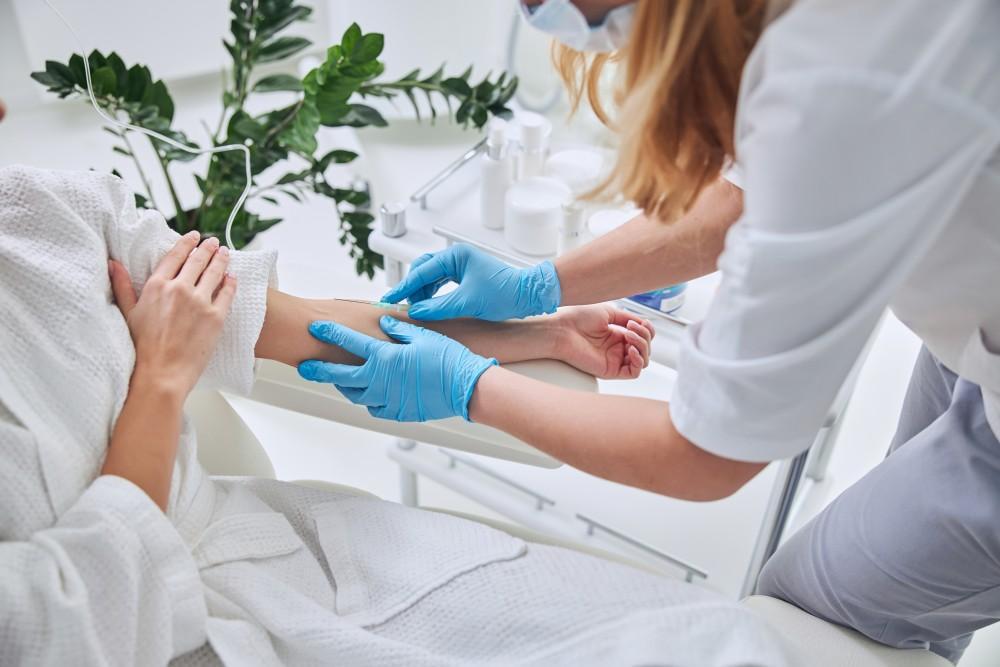
The Advantages of Tackling Osteoarthritis With Prolotherapy

You remember a time when you could reliably count on joints that functioned willingly and didn’t object to every movement. Well, that was then and this is now. Nowadays, osteoarthritis (OA) has different plans for some of your joints that mainly boil down to joint pain and inflammation.
As it turns out, you’re in excellent company — about 32.5 million Americans have doctor-diagnosed OA, though we suspect that number is on the low side.
Since OA is considered degenerative or progressive, the implication is that your joint health is only going to get worse. And we disagree. Here at HealthFirst, Dr. Jonathan Singer is a firm believer in solutions that improve your health, instead of just masking the symptoms. And this perfectly describes prolotherapy.
Here's a look at how prolotherapy offers key advantages in addressing OA.
Prolotherapy — a path toward rebuilding joints
Since there’s no magic bullet cure for OA, treating the issue often comes down to managing symptoms — namely the joint pain and inflammation. Whether through joint injections or medications, this approach may make you more comfortable in the short term, but it doesn’t offer a sustainable solution.
With prolotherapy, our goal is to encourage your joints to repair themselves naturally. To do this, we inject a dextrose (sugar) solution directly into your arthritic joints, which irritates the tissues. This irritation initiates a wound-healing response, and your body sends in regenerative resources to repair and rebuild the damaged tissues in your joints.
In the case of OA, this means repairing the cartilage — a slippery material that covers the ends of the bones to promote smooth gliding within joints.
So, instead of just dealing with the aftermath of damaged cartilage, with prolotherapy our aim is to help these connective tissues rebuild.
Prolotherapy is minimally invasive
Did you know that there are nearly 800,000 knee replacements in the United States each year, as well as more than half a million hip replacements? Imagine that you can avoid this type of joint replacement surgery, or at least put it off, with only a few injections.
When we use prolotherapy for OA, we generally recommend a series of injections to keep healing resources flowing to your damaged joints. After this initial treatment, we then suggest you continue with regular prolotherapy maintenance injections to make sure your body is still sending in these resources.
And a few injections are certainly better than undergoing a major surgery.
Prolotherapy is safe
As we mentioned, the active ingredient in our prolotherapy injections is dextrose, which is just sugar. While your body may view this ingredient as an enemy, in reality the sugar can’t do any harm. So, not only is prolotherapy a minimally invasive approach for arthritis, it’s also a relatively safe one.
The bottom line is that if you're struggling with joint issues due to OA, you have everything to gain and nothing to lose by trying prolotherapy.
To get on the road to better joint health through prolotherapy, please contact one of our offices in Greenwood Village, Colorado, or Cheyenne, Wyoming, to schedule an appointment.
You Might Also Enjoy...


5 Surprising Benefits of Ozone Therapy

6 Early Signs of Lupus

3 Reasons to Consider Prolotherapy for Chronic Pain

What Is Alternative Cancer Therapy and How Does It Work?

